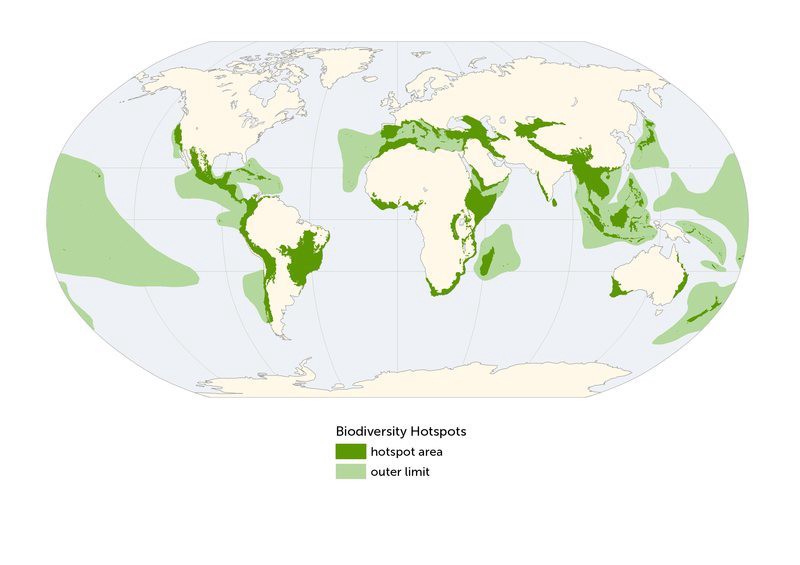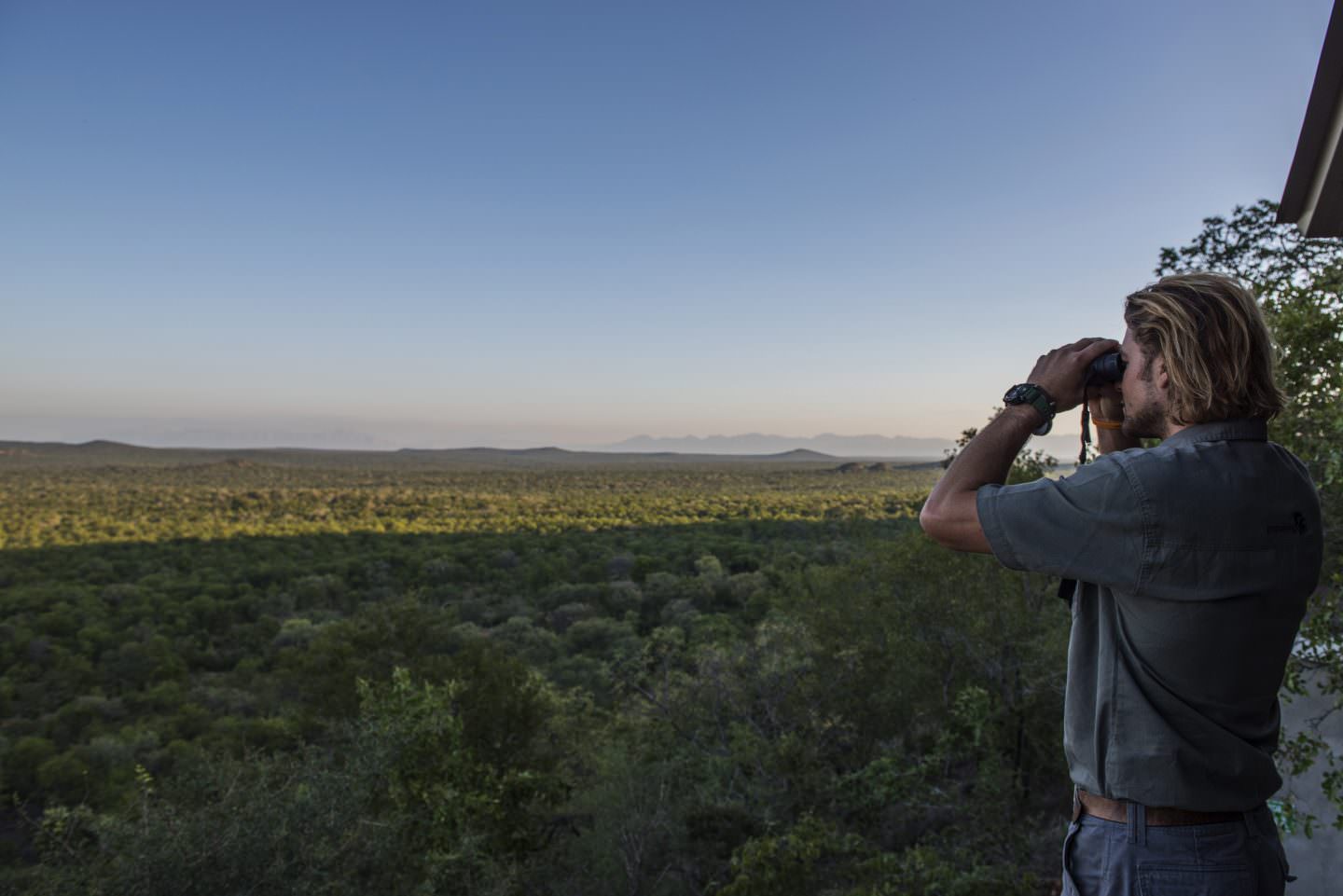Aerial view © Kirstin Scholtz
Biodiversity hotspot is a well recognised terminology and definition when it comes to land conservation and species protection.
But what does it mean and where are these biodiversity hotspots?
The concept of biodiversity hotspots was originally identified by Norman Myers in 1988, when he was studying tropical rainforests and considering the broad biodiversity of the plant species and the significant habitat loss. Conservation International then expanded the concept of biodiversity hotspots on a global scale. There are now 35 identified biodiversity hotspots globally with the forests of Eastern Australia being the most recently added area.
“A biodiversity hotspot is an area with unusual concentration of species, many of which are endemic. It is marked by serious threat to its biodiversity by humans. “ Norman Myers
According to the United Nations Biodiversity A-Z, “Currently, 35 biodiversity hotspots have been identified, most of which occur in tropical forests. They represent just 2.3% of Earth’s land surface, but between them they contain around 50% of the world’s endemic plant species and 42% of all terrestrial vertebrates. Overall, hotspots have lost around 86% of their original habitat and additionally are considered to be significantly threatened by extinctions induced by climate change”

Mittermeier RA, Turner WR, Larsen FW, Brooks TM, Gascon C (2011) Global biodiversity conservation: the critical role of hotspots. In: Zachos FE, Habel JC (eds) Biodiversity hotspots: distribution and protection of conservation priority areas. Springer, Heidelberg
The two criteria for a region to be classified as a biodiversity hotspot are:
- it must contain at least 1,500 species of vascular plants (> 0.5% of the world’s total) as endemics
- it has to have lost ≥ 70% of its original native habitat.
So where are these biodiversity hotspots?
AFRICA
Eight Hotspots hold a diversity of plant and animal life, many of which are found no where else on Earth. Regions include Cape Floristic Region, Coastal Forests of Eastern Africa, Eastern Afromontane, Guinean Forests of West Africa; Horn of Africa; Madagascar and the Indian Ocean Islands; Maputaland-Pondoland-Albany; Succulent Karoo
ASIA-PACIFIC
Composed of large land areas as well as islands dotting the Pacific seas, these 14 Hotspots represent important biodiversity. Regions include Eastern Himalaya, Nepal; Indo-Burma, India and Myanmar; Western Ghats, India; Sri Lanka, East Melanesian Islands; New Caledonia; New Zealand; Philippines; Polynesia-Micronesia; Southwest and Eastern Australia; Sundaland; Wallacea; Japan; Mountains of Southwest China: Aucasus; Irano-Anatolian
EUROPE & CENTRAL ASIA
From the Mediterranean Basin to the Mountains of Central Asia, these four Hotspots are unique in their diversity.
NORTH & CENTRAL AMERICA
North and Central America play host to thousands of acres of important habitat. Areas include California Floristic Province, Madrean pine-oak woodlands, Mesoamerica and Caribbean Islands
SOUTH AMERICA
From Brazil’s Cerrado to the Tropical Andes, South America has some of the richest and most diverse life on Earth. Regions include Atlantic Forest, Cerrado, Chilean Winter Rainfall-Valdivian Forests, Tumbes-Chocó-Magdalena, Tropical Andes
Protecting biodiversity on a Global scale is critical to safeguarding ecosystems and species. A concept pioneered by EO Wilson called Half-Earth argues that the situation facing the planet at present is too large to be solved piecemeal and proposes a solution commensurate with the magnitude of the problem: dedicate fully half the surface of the Earth to nature.
“The crucial factor in the life and death of species is the amount of suitable habitat left to them.” — E.O. Wilson
EO Wilson suggests that “Large plots, whether they already stand or can be created from corridors connecting smaller plots, harbour many more ecosystems and the species composing them at a sustainable level. As reserves grow in size, the diversity of life surviving within them also grows. As reserves are reduced in area, the diversity within them declines to a mathematically predictable degree swiftly — often immediately and, for a large fraction, forever.”
Protecting and expanding on biodiversity hotspots is critical to not only protecting differing ecologically significant locations, but also to species protection and the ultimate survival of the human race.

[/et_pb_text][/et_pb_column][/et_pb_row][/et_pb_section]
